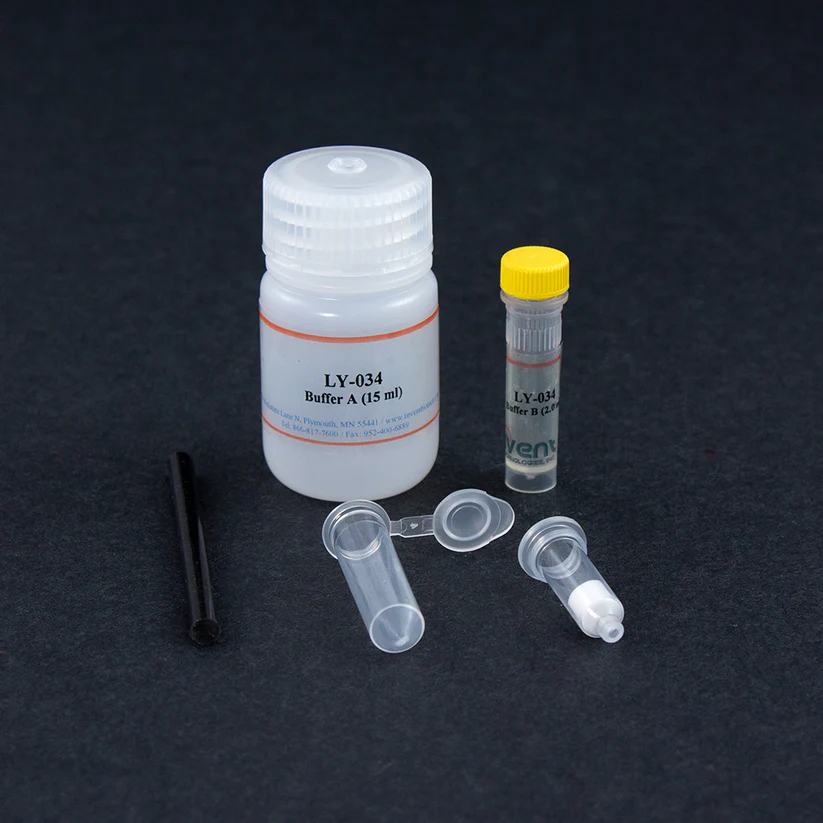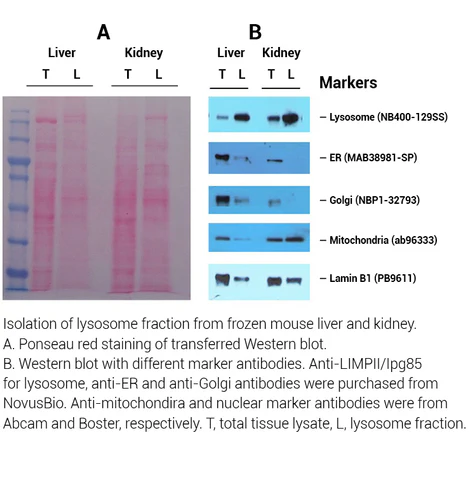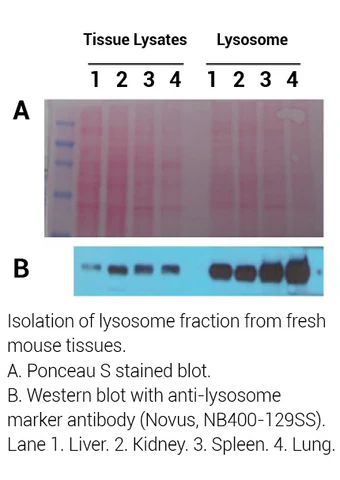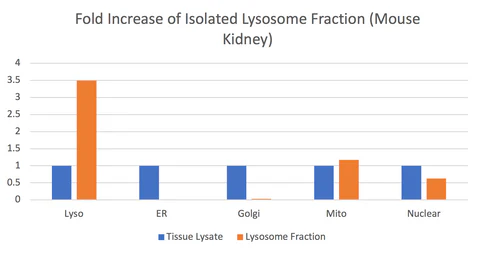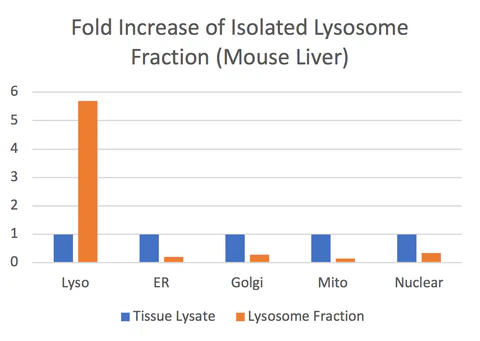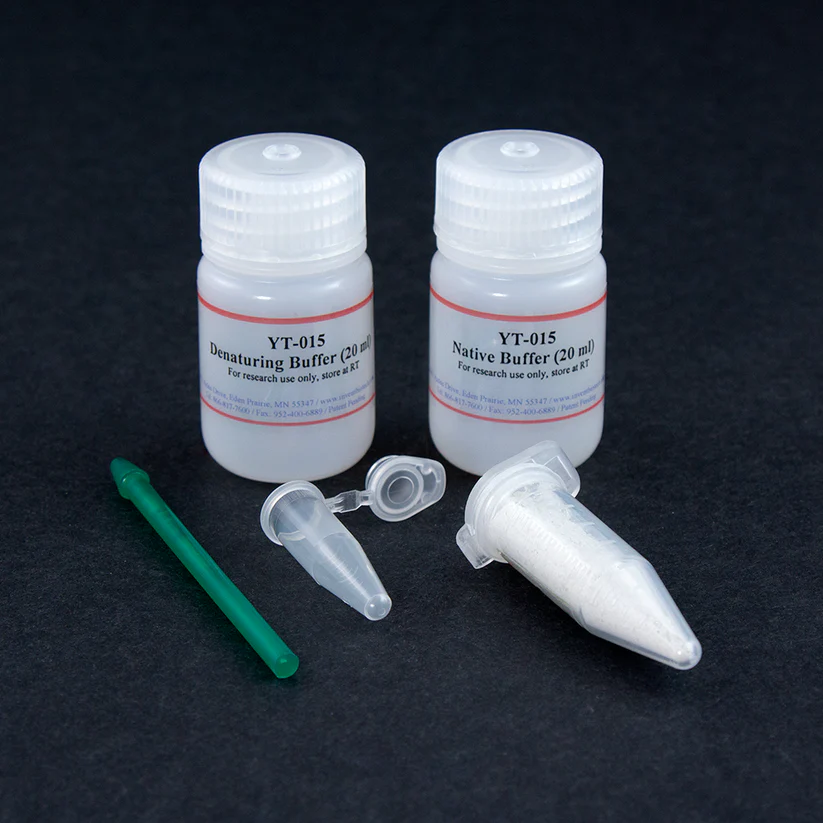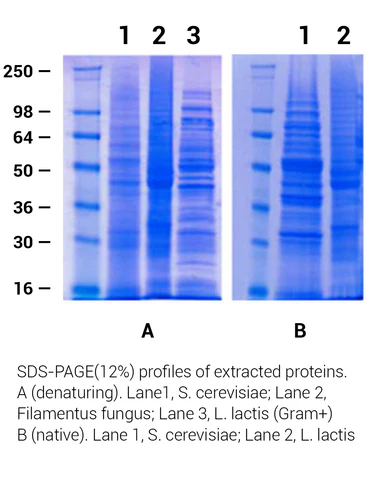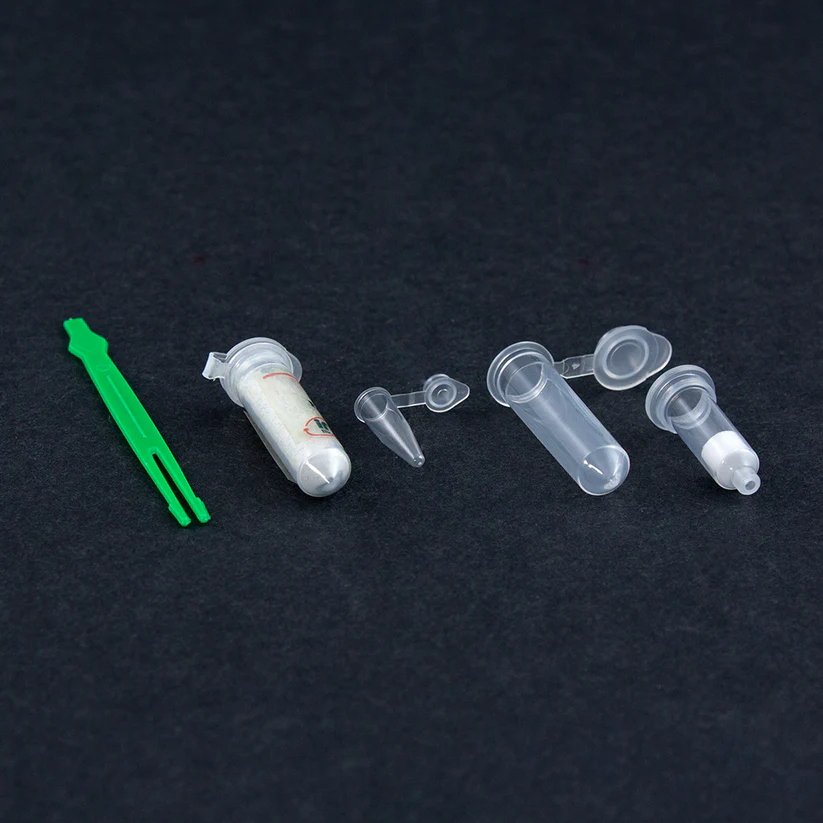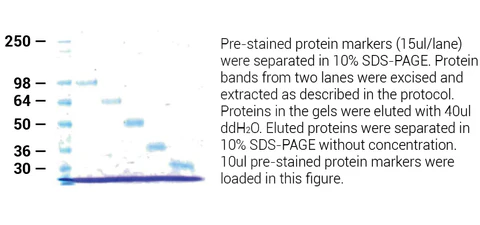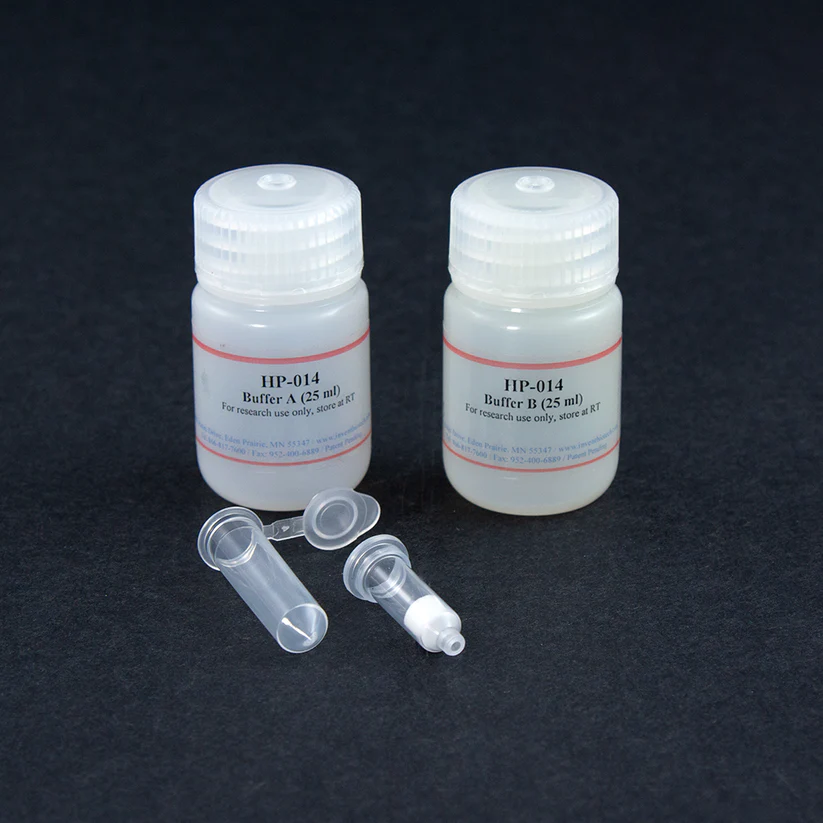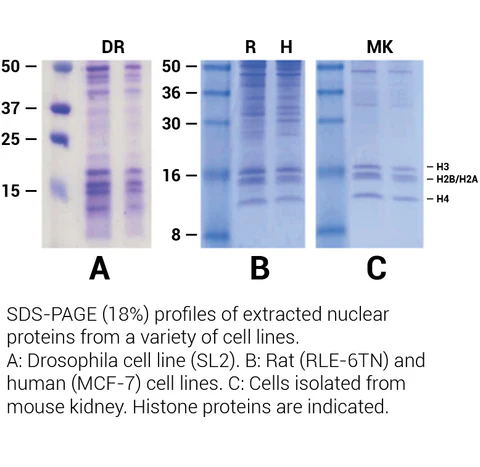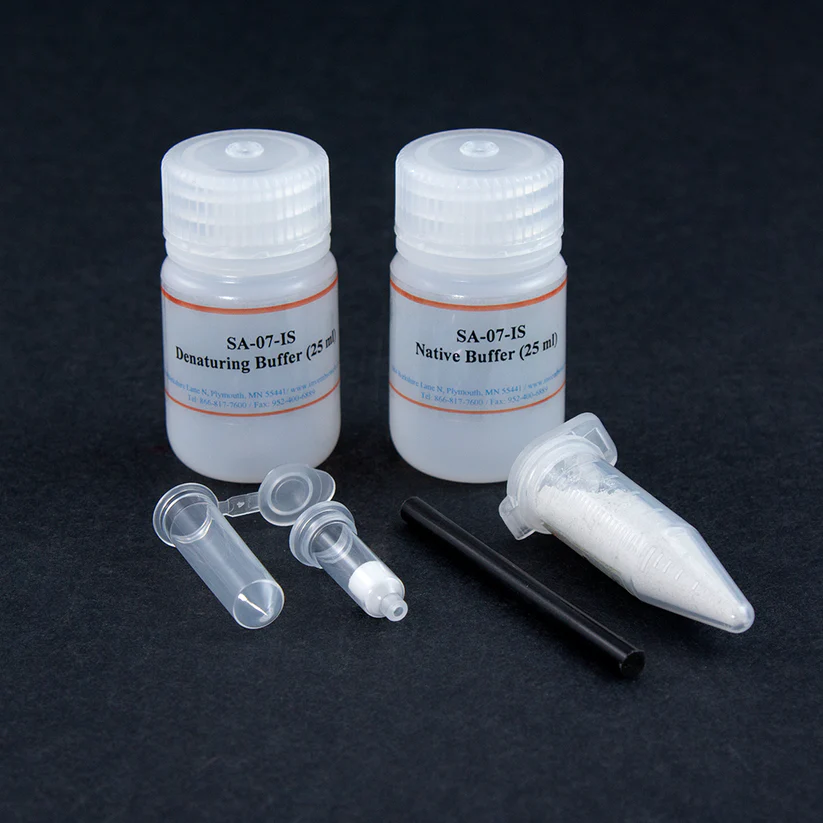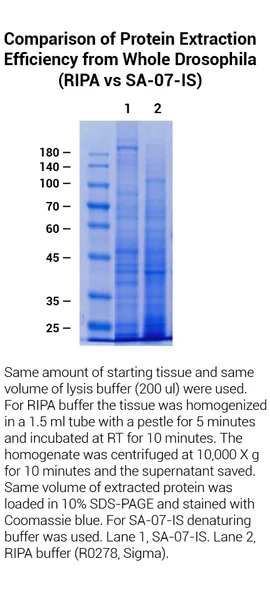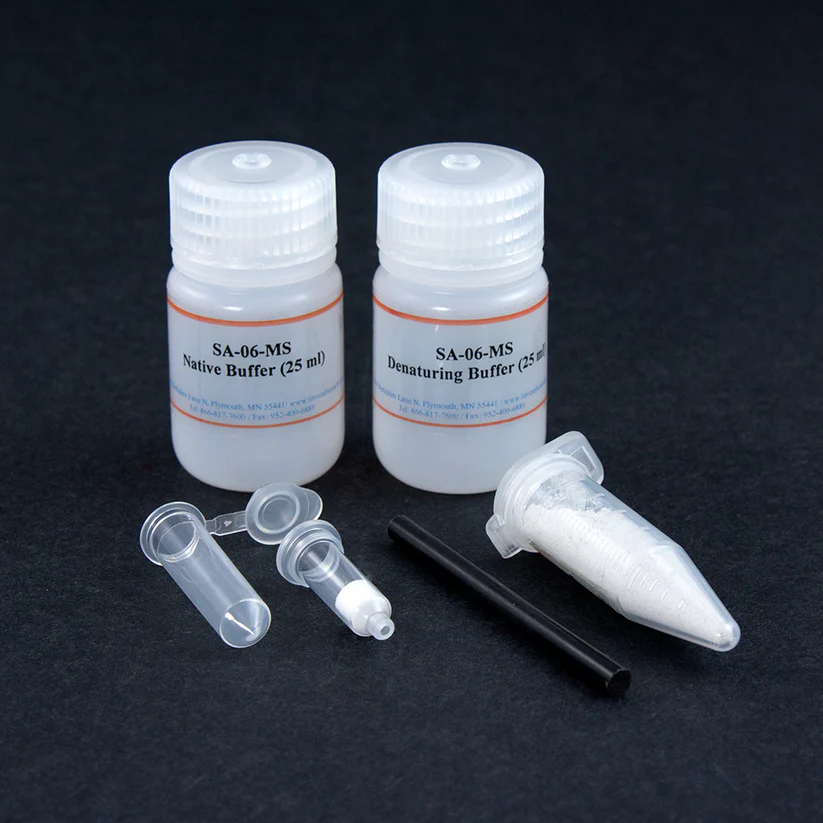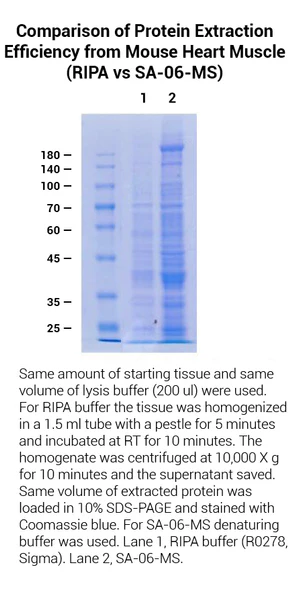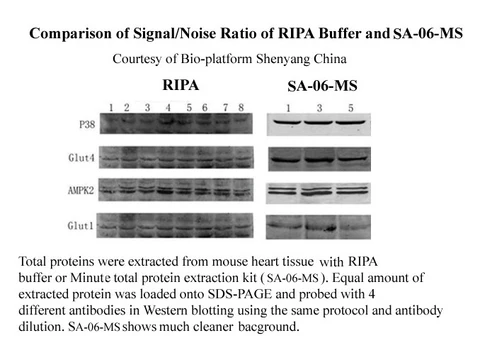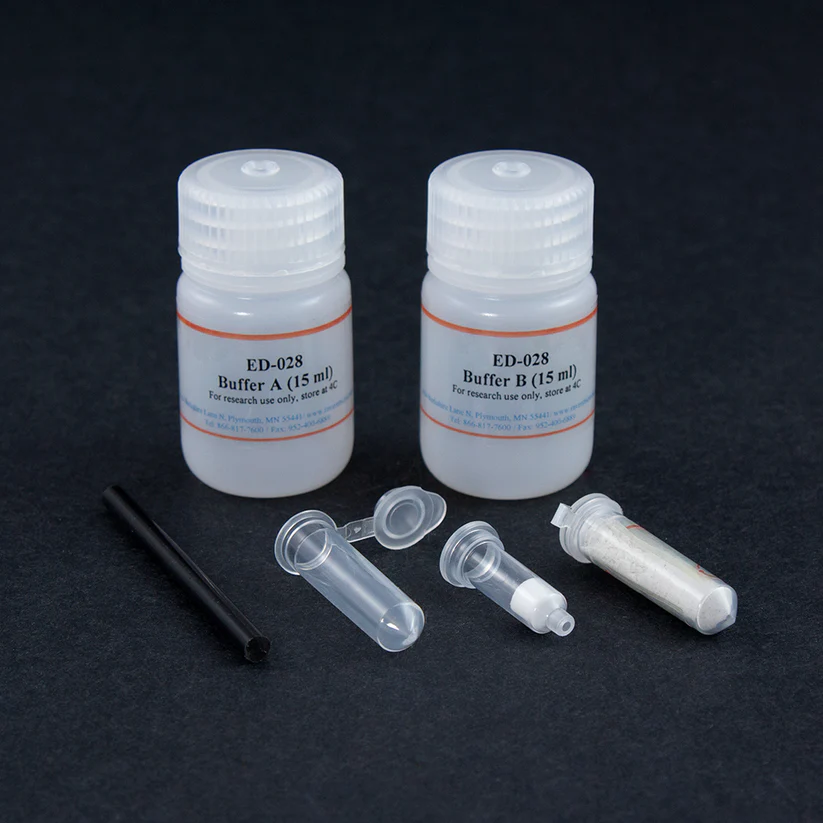
Minute™ Endosome Isolation and Cell Fractionation Kit (20 Preps)
Cat #: ED-028
Description
Early endosomes, which come mainly from primary endocytic vesicles that fuse with each other, provide the starting point for late endosome maturation. In addition to their roles in normal cell physiology, endocytic processes play a key role in many diseases such as Alzheimer’s disease and inherited lysosomal storage diseases. Traditional methods for isolating endosomes are based on density gradient ultracentrifugation. The protocol requires a large amount of starting material and is tedious and time-consuming. The Minute™ Endosome Isolation and Cell Fractionation Kit provides a spin-column-based novel endosome isolation technology that is rapid and simple and requires a smaller number of cultured cells or milligram amounts of tissues. This kit can precipitate and significantly enrich early endosomes from cultured cells or tissues.
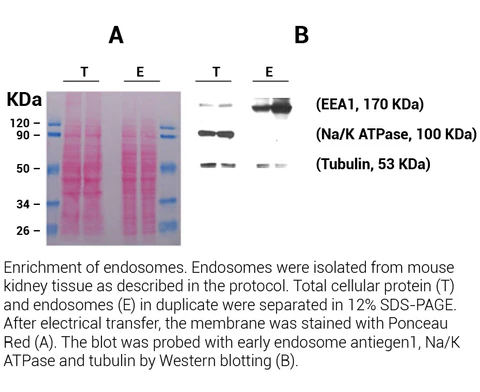
Kit includes:
Items | Quantity |
Buffer A | 15 ml |
Buffer B | 15 ml |
Plastic Rods | 2 units |
Filter Cartridge | 20 units |
Tissue Dissociation Beads | 2.5 grams |
Collection Tubes | 20 units |



